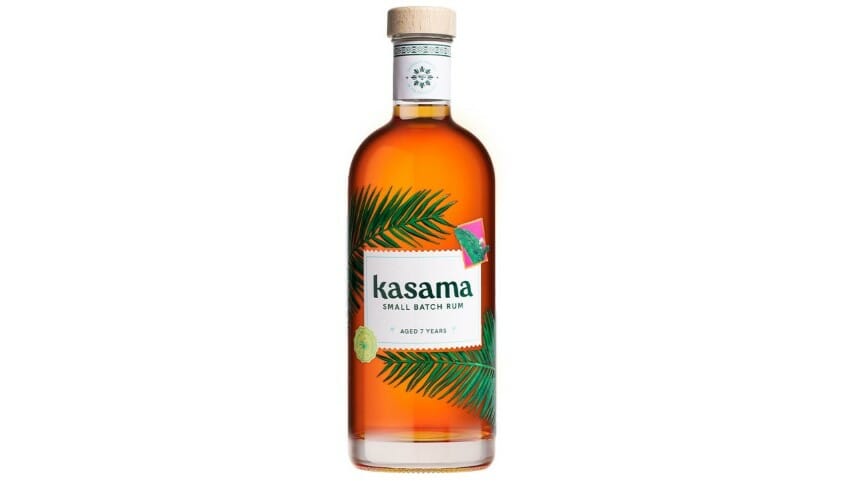Kasama Small Batch Rum
Photos via Kasama Rum
Americans spirits consumers have become naturally conditioned to think of “rum” primarily as a Caribbean product. This association is a result both of reality (almost all Caribbean nations produce famous rum brands) and effective marketing, which seized on rum as a symbol of island nations such as Jamaica, Barbados and Cuba. A product like Puerto Rico’s Bacardi is often regarded as the most recognizable rum brand in the world.
In reality, though, rum is produced all over—in the U.S., all throughout Central and South America (and as similar spirits such as cachaca), and in Asia as well. In fact, The Philippines in particular represents one of the world’s largest rum markets, and they produce what is actually the biggest rum brand in the world in terms of total sales, Tanduay. It simply isn’t common in the West, so much in the same way that the most consumed beer brands in the world are actually cheap Chinese lagers, Filipino rum tends to be overlooked here.
I will readily admit that this has been the case for me personally as well—I’m not sure I’ve ever tasted a Filipino rum brand until this moment. That brand is Kasama Small Batch Rum, which, from reading its specs, I expected to be a fairly standard, moderately aged rum. Suffice to say, I was wrong. I expected something familiar, with a different nation on the label, but what I actually got was something much more unique and strange.
Kasama Rum is a product from second-generation spirits entrepreneur Alexandra Dorda, the scion of the Polish family (she also has Filipino heritage) that years ago created Belvedere Vodka and Chopin Vodka. It’s distilled and aged in the Philippines before being shipped to Poland and bottled at Dorda’s family distillery, for sale in the U.S. market. Per Dorda: “It is very special to connect the three countries that I am from in this unique way.”
Looking solely at the statistics of what is in the bottle, Kasama really doesn’t seem like it would be particularly unusual. This is column-distilled rum, aged for 7 years in American ex-bourbon casks. Very standard stuff. The fermentables are more unique, however—Kasama is distilled from fermented Noble sugarcane juice (the original sugarcane species, native to southeast Asia) rather than molasses, meaning it has a bit more in common with French Caribbean rhum agricole or Haitian rum than it does with classic, molasses-based Caribbean rums, at least in terms of production. In terms of flavor, however, Kasama honestly doesn’t remind me of either of those comparisons. It is aged tropically in the Philippines for 7 years in ex-bourbon American oak.
-

-

-

-

- Curated Home Page Articles By Test Admin October 21, 2025 | 3:10pm
-

- Curated Home Page Articles By Test Admin October 21, 2025 | 2:57pm
- Urls By Test Admin October 21, 2025 | 2:57pm
- Curated Home Page Articles By Test Admin October 21, 2025 | 2:55pm
-

-

-

-

-

-

-

-

-

-

-

-

-

-

-

-

-

-

-

-

-

-

-

-

-

-

-

-

-

-

-




































